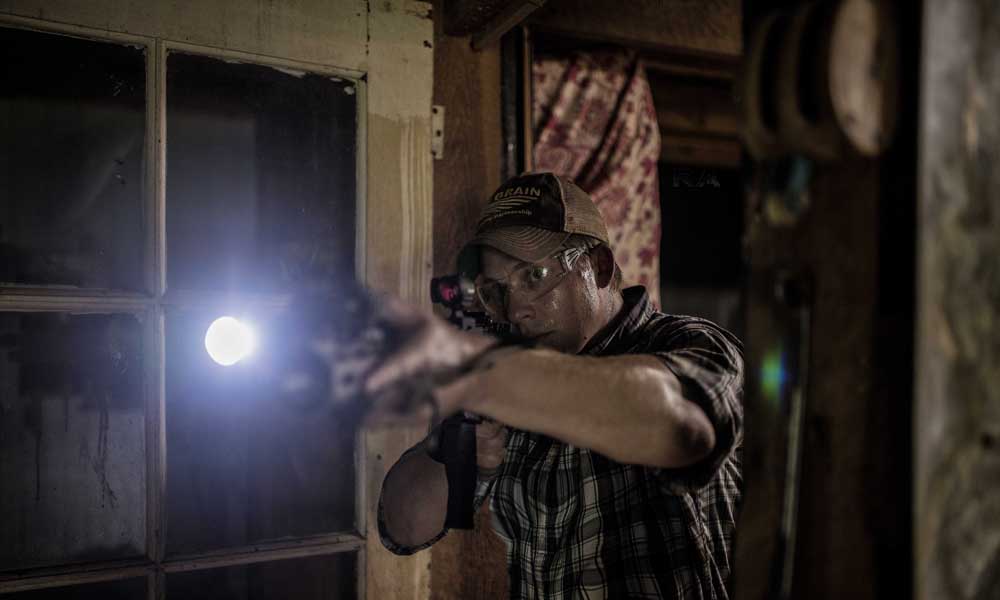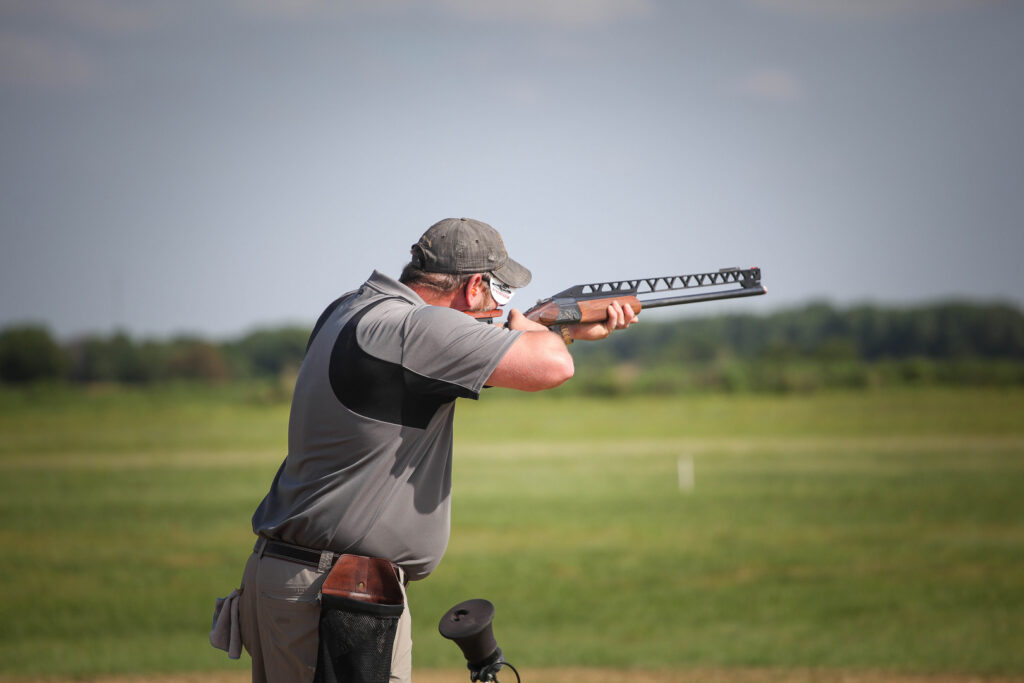Home defense is more than just having a gun. You need to have a plan, and you need to have the proper equipment for home defense, like a white light. Home defenders should be trained to use their weapons to a high degree of proficiency as well. Additionally, you should practice the mental and physical game of home defense. The most critical component is a prepared mind and the ability to think clearly under immense stress.
Preparing Yourself for Home Defense
We are going to explore three dry exercises you can do in your home that involve both the physical and mental aspects of home defense. Having a gun, a plan, and the proper equipment is great, but knowing how it works inside your home is the glue that holds it together. In the military, we’d rehearse everything.
We’d rehearse reaction to fire, how to respond to an IED, our duties in a raid, and more. The rehearsal painted a mental picture of the plan we discussed. I want to bring that same mindset to home defense and home security.
Advertisement — Continue Reading Below
Room Clearing (Not Really, But Kind Of)
Yep, I know, one-man room clearing is suicide. Two-man room clearing is suicide with friends. We got it, but there could be a home defense scenario where you have to move through your house. I’m not telling anyone to clear their house room by room solo, but I am encouraging you to move through your house with your weapon because you might just have to.
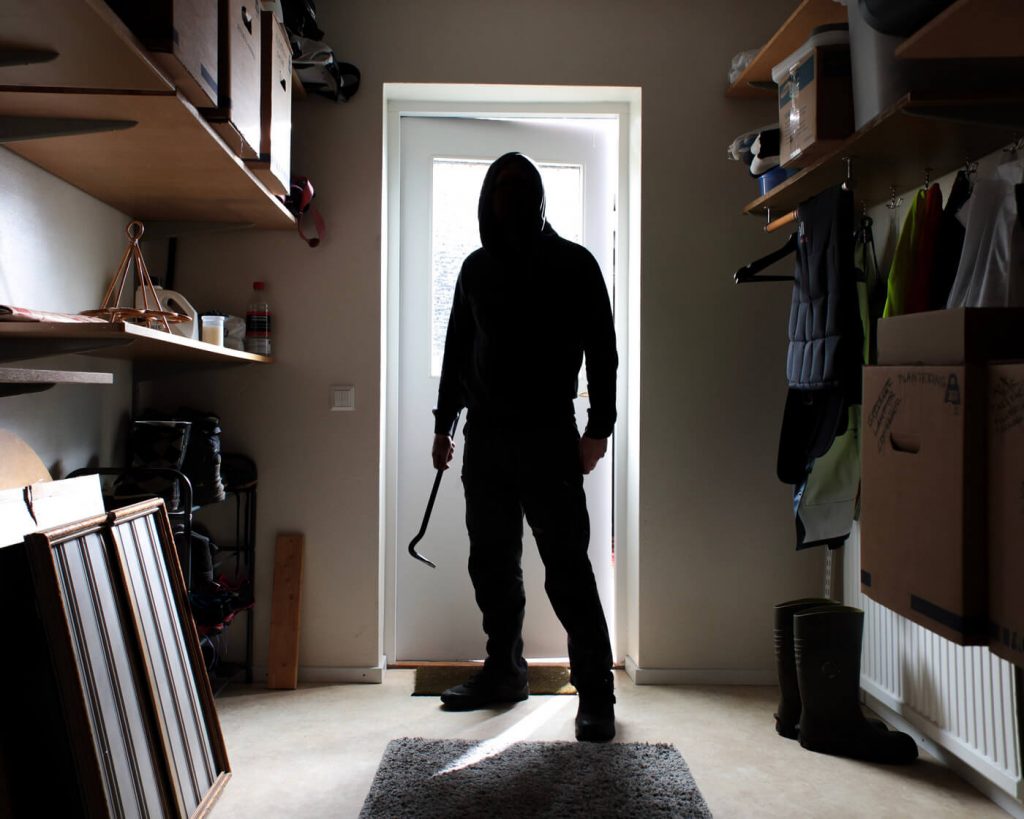
We want to focus on two things. First, how does your weapon of choice handle in your home? Do you use a Mossberg 590A1 with a 20-inch barrel? Great, grab the gun and start moving through your house with it. Is it too long? Is it difficult to maneuver? There is only one way to find out: walk through your home, with an unloaded gun, and figure it out.
Advertisement — Continue Reading Below
As you’re moving through your home, focus on maximizing cover and concealment with your weapon at the ready. This will help you realize where cover and concealment exist and how your weapon interacts with them. You don’t want to be figuring this out when someone is trying to kick your door in. A home defense rehearsal can go a long way to maximizing your personal safety.
Do it during the day, and do it again at night. Practice using your white light inside your home and seeing how it works. Practice light discipline and tactical use of your light, but do more than a momentary press to learn about what creates light obstacles in your home and how much of your home your light can illuminate.
Do it slow; it’s not a race, and we aren’t doing this dynamically. The goal is to rehearse and observe the movements.
Advertisement — Continue Reading Below
The Home Defense Scenario
Next, after rehearsing moving through your home, practice starting from zero. Zero is where you are most commonly in your home at different times of the day. I’m either in my office, living room, or bedroom, so I’m going to position myself in one of those rooms and plan how I’d react to a home invasion.
God forbid someone comes into my home while I’m in my office, which doubles as my gun room. I’ll take forever just making a choice! From any of these positions, I want to do a physical rehearsal of what happens next. Personally, I’m going to retrieve a firearm and call the police. Is my phone with me? How far away is a firearm from my position?
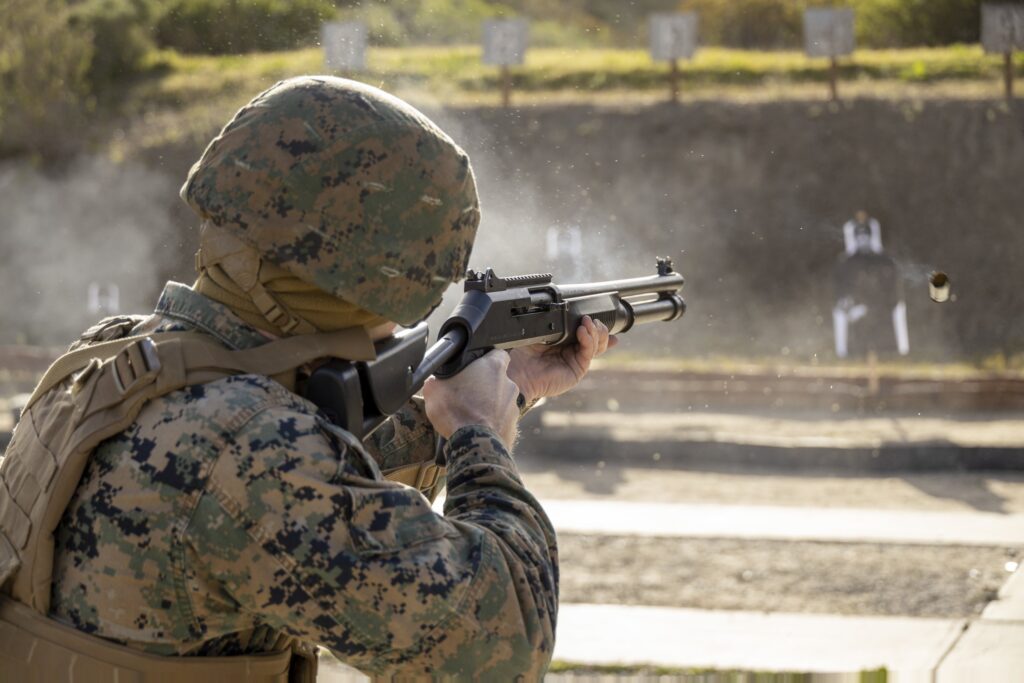
Advertisement — Continue Reading Below
How fast can I retrieve and ready a firearm while managing my family from these three rooms? I have to consider where my family is likely to be at different times and the best way to manage their safety while reacting to a threat. Rehearse this, walk through your home, retrieve your weapon, and react. A rehearsal will show you things you failed to consider.
It’s a lot to consider and think about, and again, you don’t want the first time you’re considering these things to be when the door gets kicked open.
The Mental Game
You can’t rehearse every possible scenario, but you should mentally consider what could happen. Another useful training and preparation tactic we used in the Marine Corps was decision-making scenarios. Think of realistic scenarios that could happen.
Advertisement — Continue Reading Below
For example, you have a front and back door, and someone is kicking in both. What do you do?
You have kids across the house, and a home invasion begins. What do you do?
You hear a window break. How do you react?
Advertisement — Continue Reading Below
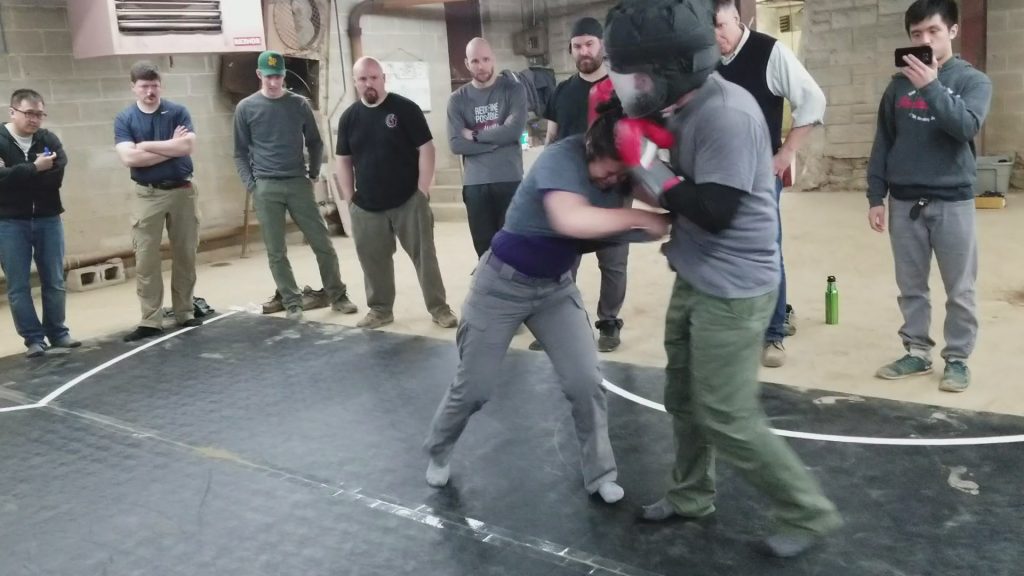
Think about your home, your family, and various entryways and how they’ll affect your response. Beyond how to react to a threat, think about what you say when you call the police.
Dedicate a few minutes a day to walking through your home and thinking about the potential home defense situation. Go outside your home and consider it from an outsider’s view. It doesn’t take much to identify weak points and even make some home changes to be better prepared.
Advertisement — Continue Reading Below
I’m a huge fan of cameras equipped with motion lights, and after approaching my home at night, with the mindset of how do I get in, I got a few more.
The Home Defense Game
If there is one thing I want you to remember from this article, it’s this. Don’t wait till the bad guy starts kicking the door in to plan your reaction. Failing to plan is planning to fail, and all that jazz. You don’t need to obsess about this stuff, or scare your kids and annoy your spouse. Just plan, rehearse, and ready yourself. Home defense isn’t a game, but home defense preparation can be both a mental and physical game.
